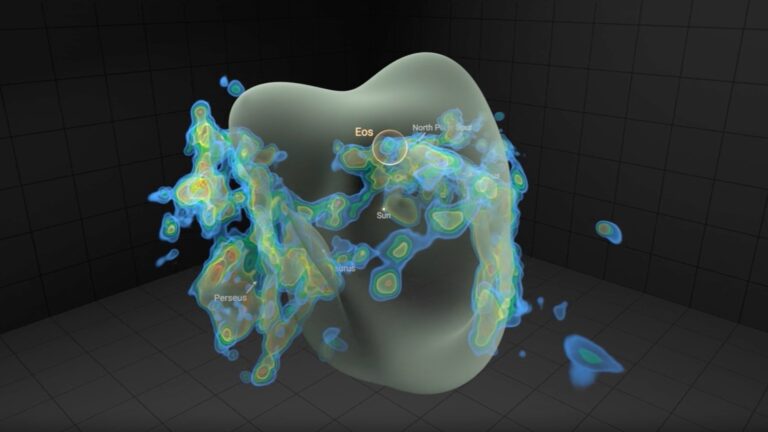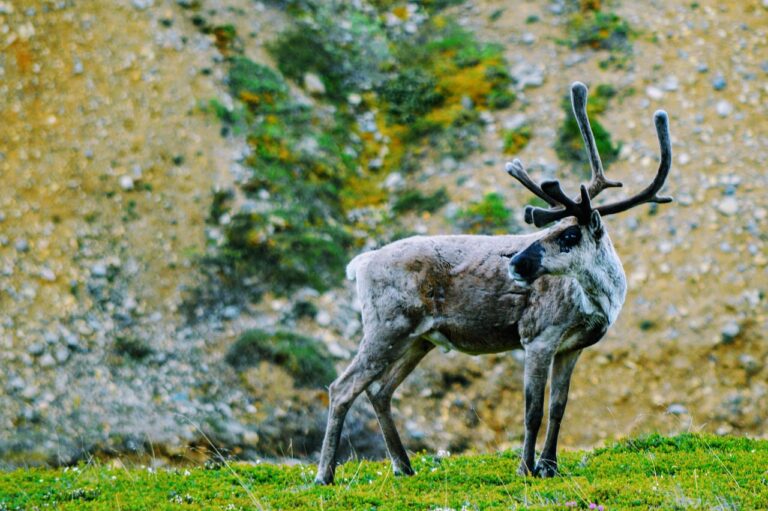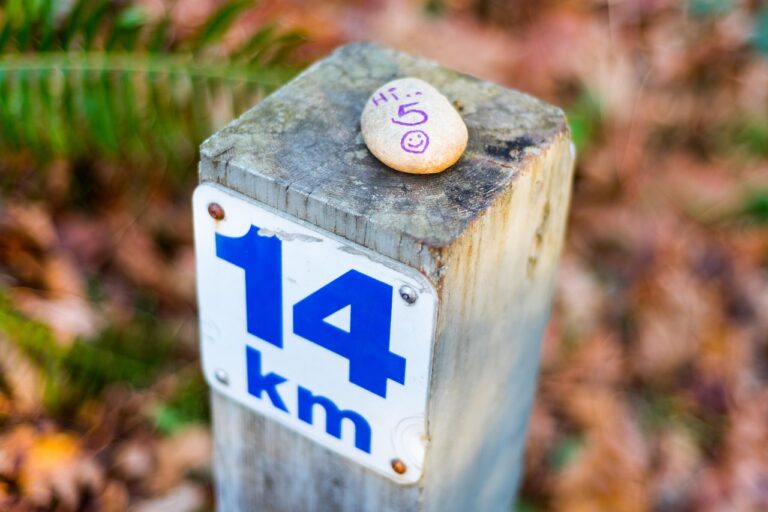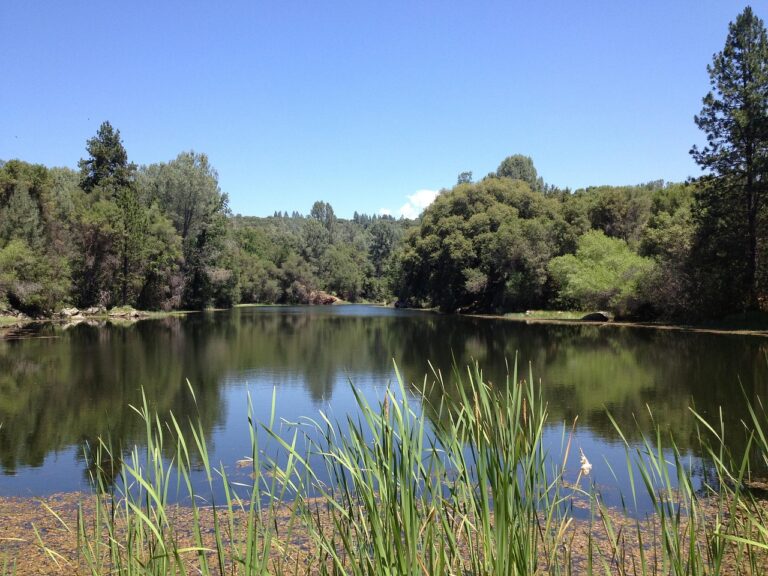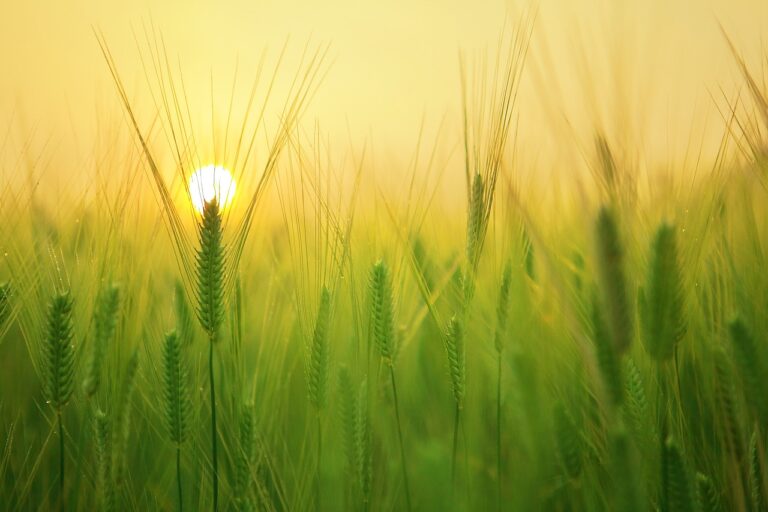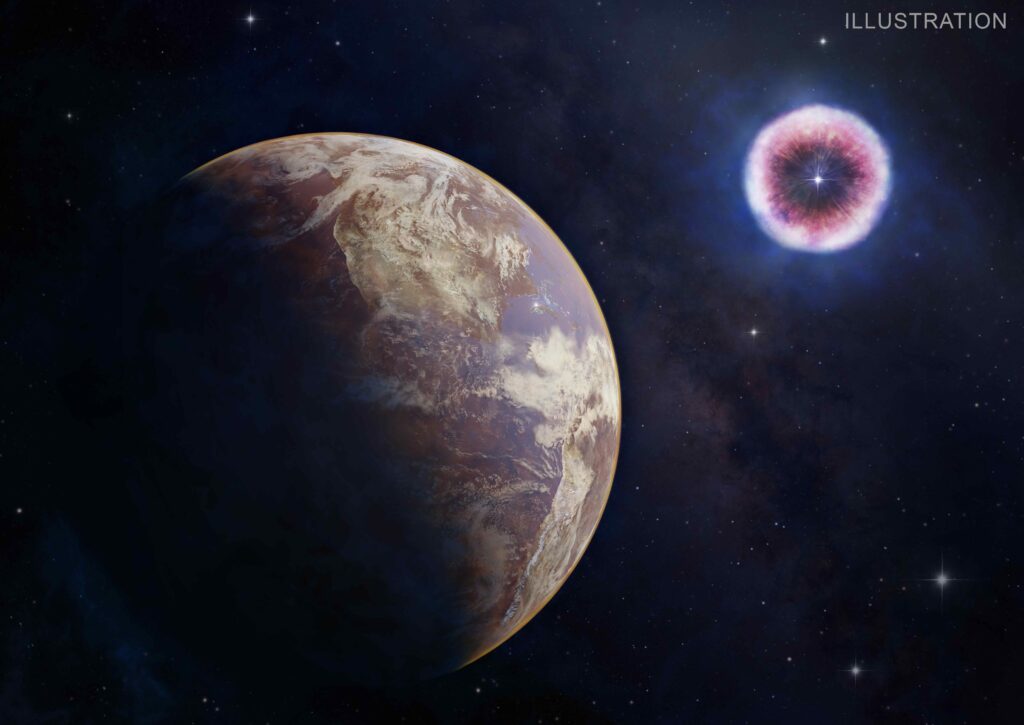
The Evidence for Ancient Supernovae Is Buried Underground – Universe Today
2025-04-19T19:10:57Z
The solar system is currently embedded deep within the Local Bubble, a region of relatively low density stretching for a thousand light-years across. It was carved millions of years ago by a chain of supernova explosions. And the evidence for it is right unde…
The solar system is currently embedded deep within the Local Bubble, a region of relatively low density stretching for a thousand light-years across. It was carved millions of years ago by a chain of supernova explosions. And the evidence for it is right under our feet.
We haven’t always been inside the Local Bubble, and the Bubble won’t always be here.
When we first entered the Local Bubble, we had to cross through a shell of material on the outside. And that shell of material is a high density region where even more stars are forming. In fact, all the nearest star forming regions to the Earth are located at the edge of the Local Bubble. And it seems likely that all newborn stars in the neighborhood of the solar system were born in the shell surrounding the Local Bubble. The shell is itself is created by material that is swept up and blown out by all the simultaneous supernovae.
But the shell itself serves as a site of star formation. If there’s a molecular cloud just hanging out, and then something like 500 nearby supernovae go off at once, that creates a shock wave that will compress the cloud and trigger a new round of star formation within it.
We think all of the newborn stars surrounding the solar system got their start in the shell surrounding the Local Bubble. All the nearest star forming regions to the solar system are at the edge of the Local Bubble. There’s a lot of star formation. There’s a lost star death. That means there’s also a lot of supernovas happening in the shell of the local bubble.
So the formation of a bubble created a feedback loop, a cycle that can happen in galaxies where a bunch of supernova go off, creating an expanding shockwave around them. Then those shockwaves trigger new star formation and new supernova events, which continues the expansion of the bubble, and so on, working itself outwards through a galaxy.
Because the shell of the Local Bubble is a region of star formation, it’s also a region of recent supernova. This means that the shell is laced with fresh radioactive elements leftover from those explosions. And when we entered the Local Bubble, we plowed right through all that material.
Some of that dust, some of that material, some of those radioactive elements are simply going to filter their way into the solar system, filter their way towards the inner solar system, filter their way to the Earth, filter their way through the atmosphere. They will get in our water, in our ice, in our land, in our trees. If you’re ever walking around outside and you feel like a little speck of dirt in your eyeball, maybe it’s some radioactive element from a long dead supernova. You never know.
We see evidence for this in the form of spikes of iron-60, a radioactive isotope of iron, taken from core samples of the ocean floor. They preserve a record of when we entered the Local Bubble.
But this bubble will not last forever. In fact, we think it might be not an enclosed bubble, but more like a chimney. It might be open at the top and bottom where it intersects the disk of our galaxy with material flowing out, either up out of the galaxy or down out of the galaxy. But whether it’s currently closed or not, the Bubble will eventually disperse and melt away.
After enough time, after roughly a million years, the Local Bubble, this scene of incredible violence and activity and dynamism in our galaxy, will be lost in the great cosmic reshuffling of gas and material that defines the history of our galaxy. Like a great city that navigated wars and famines and earthquakes and fires just becomes buried underneath the dirt. A million years from now, you would never know the drama of what happened here.
Auto-posted from news source

